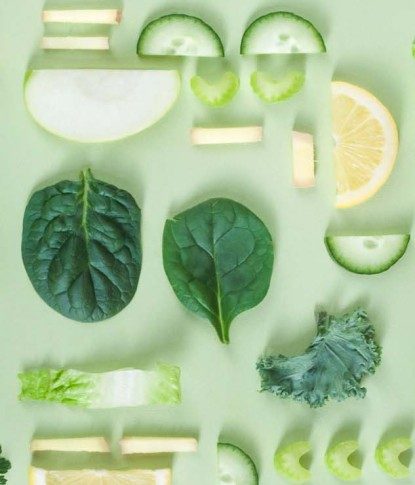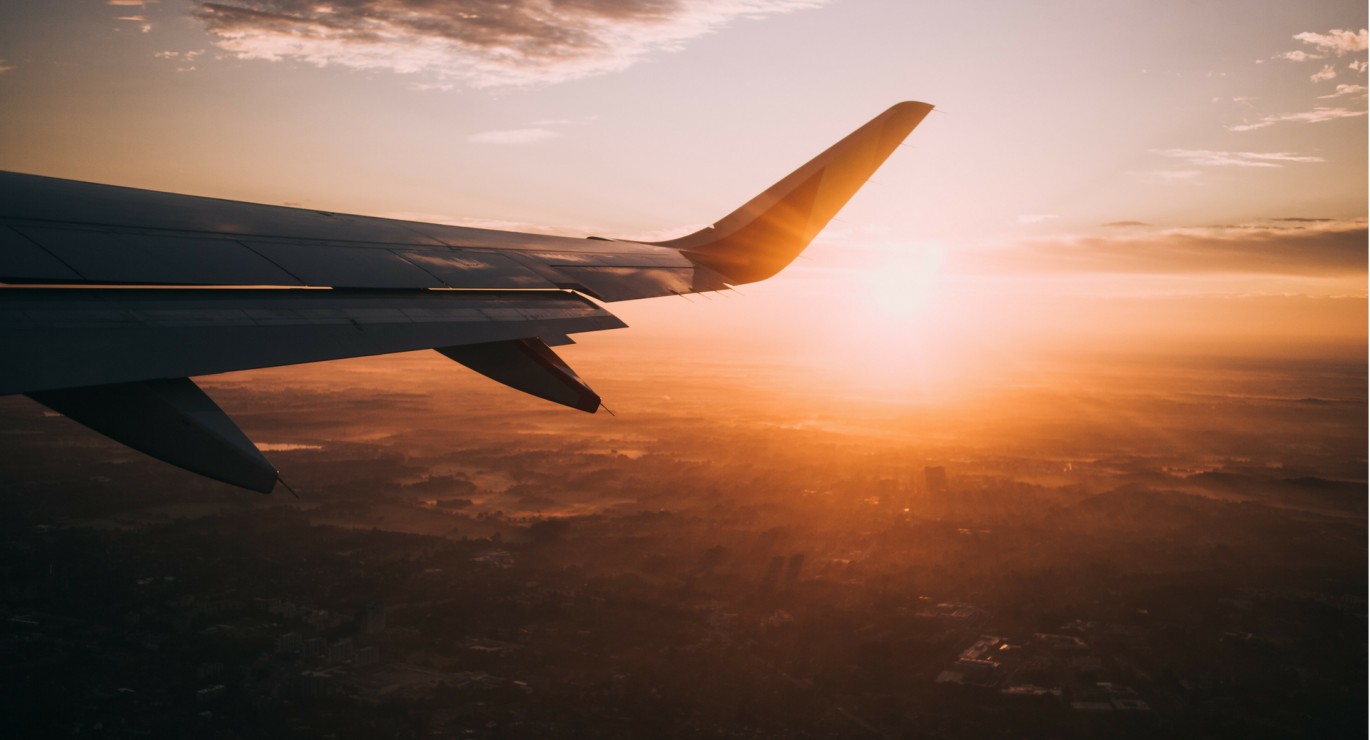
If you’re jetting off long haul this summer you’ll have plenty on your mind in the days and weeks before you go. Is your passport up to date? Have you had all your travel jabs? How many shoes can you fit in your case without breaking the baggage weight limit?
But something else you may want to bear in mind – particularly if your flight is going to be a long one – is the prospect of developing deep vein thrombosis (DVT). Thankfully, what you eat during the weeks leading up to and during your flight can make a difference:
What to eat before you go
Oily fish The omega-3 fatty acids found in oily fish (salmon, mackerel, herring, sardines, fresh tuna etc) are thought to help keep your blood from getting too sticky. Aim for up to four portions of oily fish a week – or a maximum of two portions if you’re pregnant, breastfeeding or trying for a baby.
Garlic Many experts also believe garlic has blood-thinning capabilities – but don’t over-cook it; add raw, crushed garlic to your food at the last possible minute.
Beans and green veg Foods that contain folate help reduce your blood levels of homocysteine, an amino acid that’s also thought to be linked with DVT. Dark red berries also contain folate.
Avocados Foods that contain vitamin E may also help keep your blood thin. As well as avocado, snack on seeds and nuts, and add some raw spinach to your salads.
What to avoid
Eating too much salt, sugar and fatty foods can make your blood more sticky – which can contribute to the development of DVT. Choose low-fat, low-sugar and low-salt options whenever you can, especially before you fly.
What to eat on the flight
Chilli Spicy foods are great for keeping your circulation working properly – try adding a splash of Tabasco sauce to your airplane meal.
Small portions Little and often is the best way to eat while you’re flying, and avoid fatty or sugary foods, which may make your blood temporarily thicker (ask for the vegetarian meal, as this is likely to be much lighter than the non-veggie option).
Water Drink plenty of water to keep yourself hydrated (this means your heart doesn’t have to work so hard).
What to avoid
Steer clear of alcohol and caffeine while you’re in the air – it’s best to stick to water to keep yourself hydrated – and try to avoid those packets of salted peanut snacks.
What is DVT?
Often called economy-class syndrome, DVT is a blood clot that develops within a deep vein in the body, usually the leg.
Despite its name, it isn’t just linked to flying. You can develop DVT whenever you sit for long periods of time, as being immobile makes your blood flow more slowly. This can lead to pain and swelling in the affected leg, not to mention serious and even sometimes fatal health threats such as a pulmonary embolism.
Thankfully, however, the risk of DVT is low for most people. For a flight that lasts up to four hours, your risk is around one in 6,000. But the longer you spend sitting en route to your destination, the higher that risk gets.
Want more information on travelling and the risk of DVT? Read all about it at TravelHealthPro.




